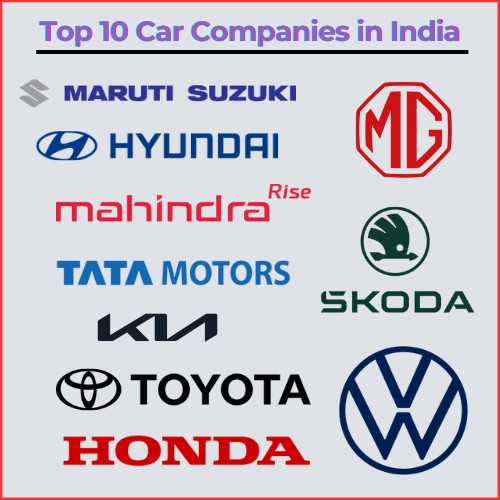Toyota Motor’s worldwide output increased 11% to a record high in November, rebounding from last year’s supply chain difficulties and benefitting from healthy demand both in Japan and abroad.
In November, output jumped to 926,573 automobiles, while global sales increased 14% from the previous year, despite global chip shortages. Toyota’s Lexus premium brand is included in both numbers.
Domestic sales soared by 27% for the month, sales in the United States and China jumped by 17%, and sales in Europe increased by 15%.
The outcome puts the world’s biggest manufacturer on course to sell more than 10 million Toyota and Lexus-branded cars globally in 2023, which would also be a record. Approximately one-third of all cars sold so far this year have been gasoline-electric hybrids.
Toyota’s generic competitive strategy bolsters the company’s competitive advantages and worldwide expansion. Founded in 1937, the company has grown to become a worldwide powerhouse in the car industry. This accomplishment is based on Toyota’s general competitive strategy and intense expansion plans being implemented effectively.
This generic strategy illustrates the overall competitive strategy used by the automobile industry to compete in the worldwide market. The intense growth plans, on the other hand, outline the sorts of measures that Toyota takes to ensure company development and growth. Continuous innovation and success indicate that these tactics, as well as Toyota’s purpose and vision statements, are being implemented. The automobile firm is successful in implementing its general competitive strategy and intense expansion initiatives at the same time.
Toyota’s comprehensive approach to generating competitive advantages in the global automobile sector is determined by the company’s generic strategy. The intense growth plans, which are related to Toyota’s marketing mix (4Ps) and accompanying marketing strategies and techniques, are used to assure the company’s continuing success in markets worldwide.
Toyota’s generic competitive strategy combines the generic strategies of cost leadership and wide differentiation. Cost leadership requires lowering operating costs while maintaining competitive selling prices, which contribute to Toyota’s competitive advantages and company strengths as illustrated in the SWOT analysis.
The wide differentiation generic competitive strategy, on the other hand, necessitates the development of business and product distinctiveness to guarantee the company’s competitive edge over other manufacturers such as General Motors, Tesla, Ford, and BMW. Toyota’s competitive advantages and worldwide reach are strengthened by the integration of these generic tactics across all market categories.














